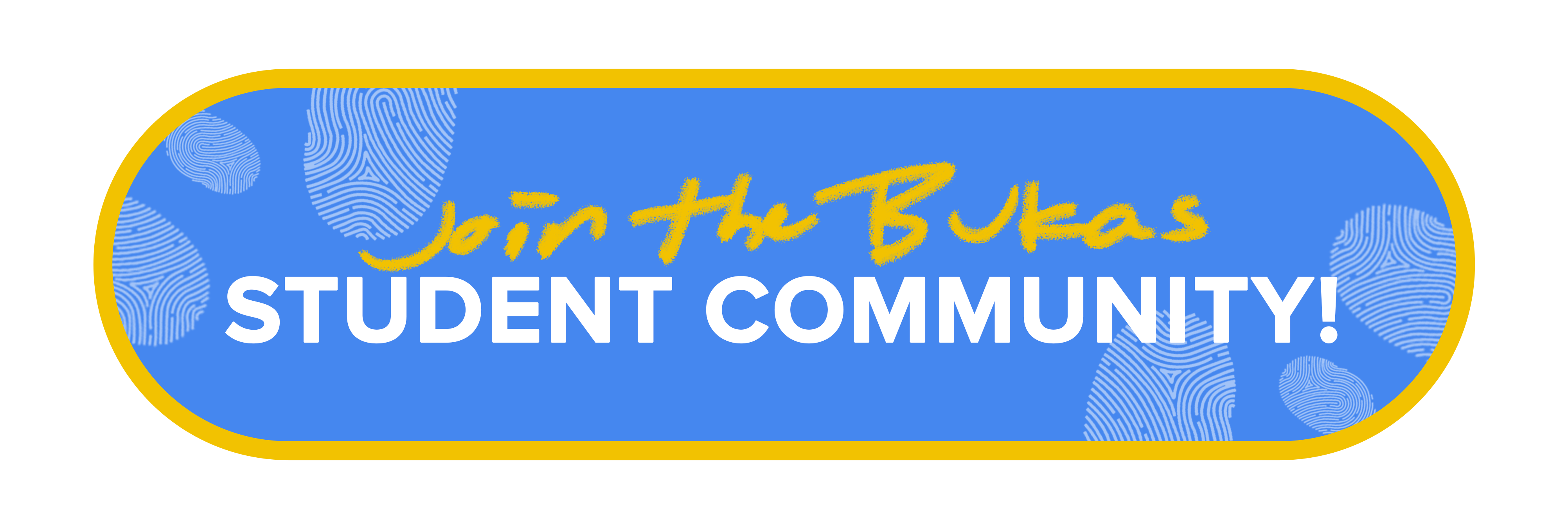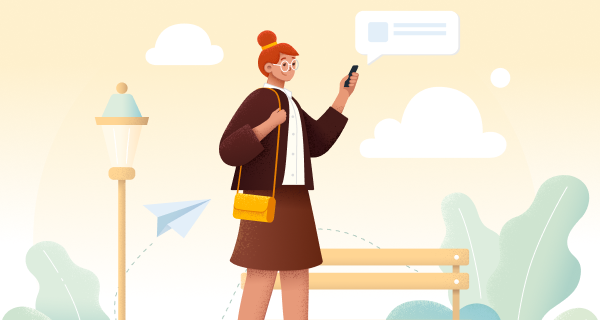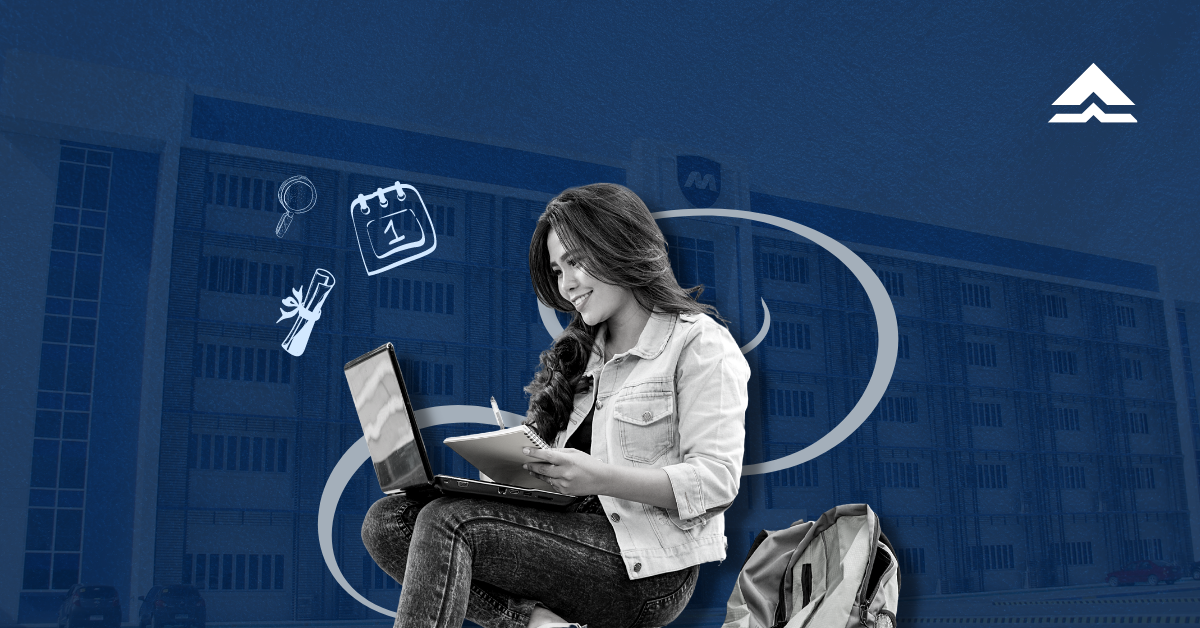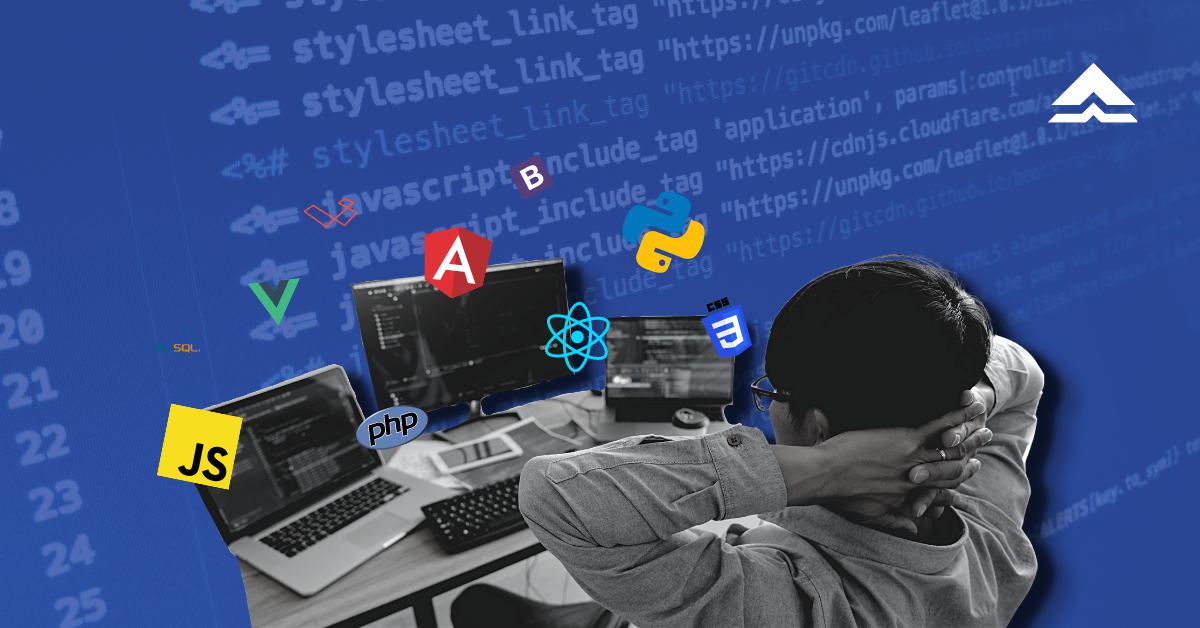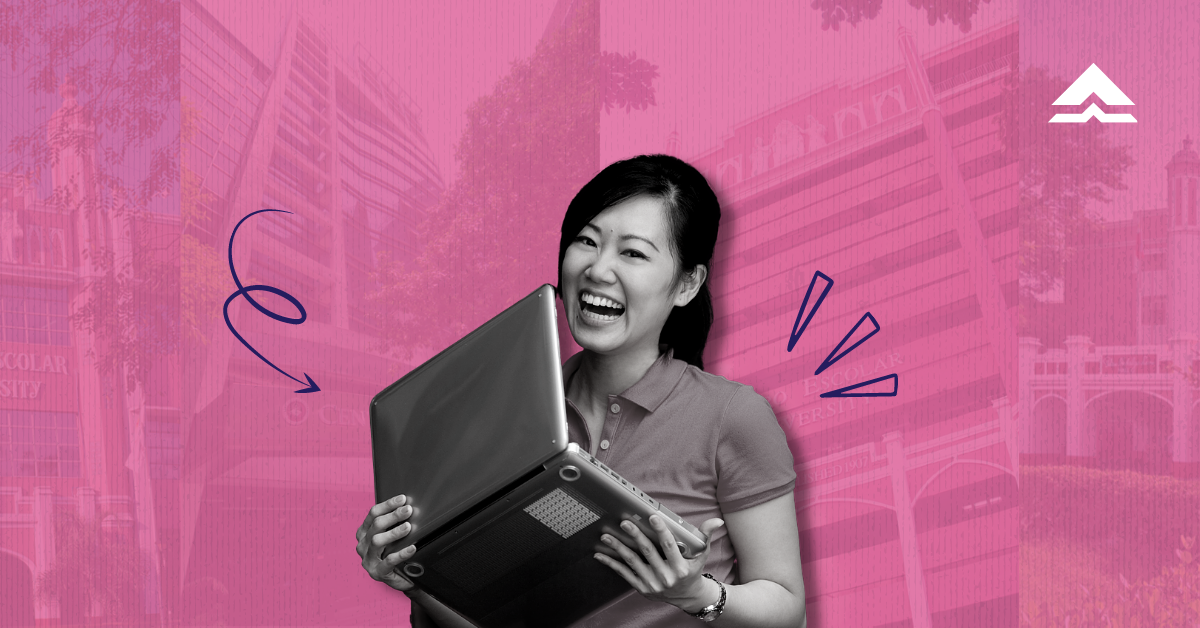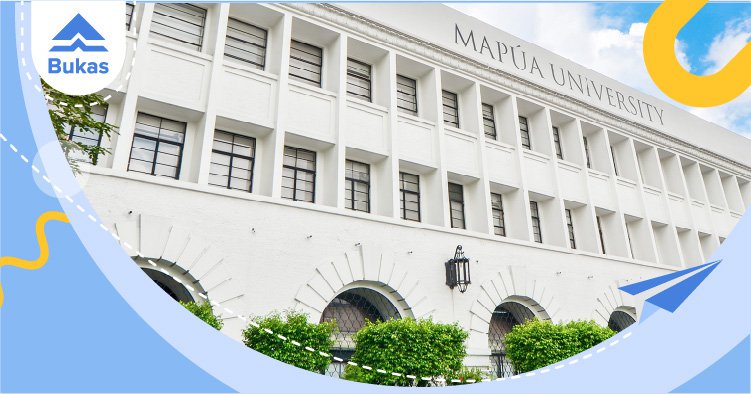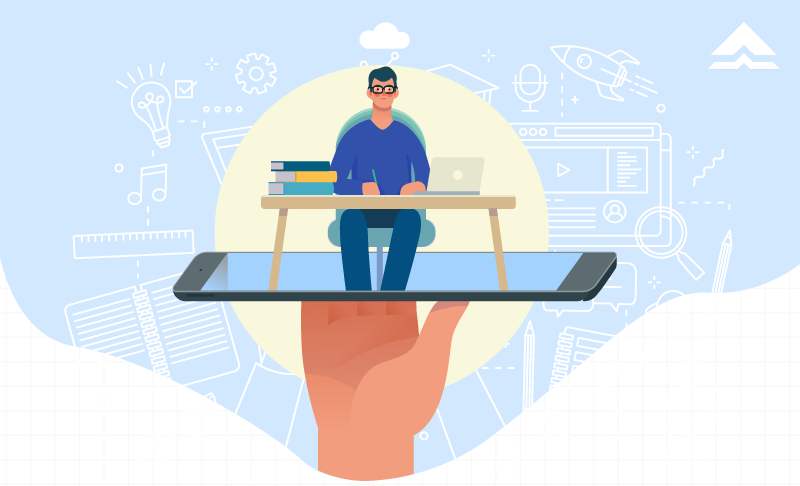
Hundreds of years ago, only the elites like the royalty or wealthy could afford education. Private tutors would visit their students at home to teach arts, literature, and sciences.
In the 19th and 20th centuries, societies flourished in different ways, including the educational system. More people from age 15 and older could go to school to learn how to read and write under basic education programs. As a result, literacy rates worldwide went up steadily, as this chart shows:
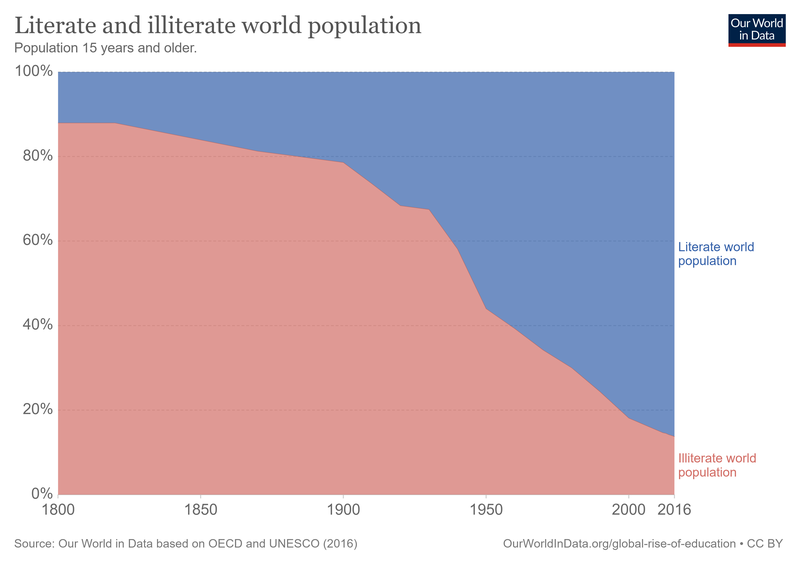
Source: Our World in Data
Now that we're in the digital age, education continues to advance by leaps and bounds. This time, the focus is on modern learning approaches that leverage technological innovations like distance learning and online boot camps.
Let's look at how education is evolving in the digital age.

Shifting the Focus from Teaching to Learning
Back in the days of traditional instruction, teachers standing in front of a classroom full of students were a familiar sight. Teachers would present the lesson for the day by writing key concepts on the blackboard while the students listened to the lecture. After the discussion, the students answered written exercises for teachers to test how well the class understood the topic.
Although the manner of instruction was structured, the system did not maximize the students' learning abilities because it mainly depended on teachers for information.
Those days are slowly heading toward exit doors, as there is now a shift in how teaching and learning take place. Instead of blackboards and chalks or paper sheets and pens, you'll see computers, mobile devices, audio-visual machines, and other similar tools finding their way into modern classrooms.
From a teacher-centered system, the focus is now on student-centric learning approaches.
Modern Learning Methods and Strategies
Teaching and learning in the digital age combine traditional and modern approaches to make education more holistic and dynamic for the students.
Online distance learning
In an online distance learning or remote learning setup, students study concepts and theories virtually or through the internet. Online classes are the primary means of instruction, and any learning materials are sent digitally to students. Students submit their homework via email or any learning platform used by the school.
Some schools may require face-to-face interactions now and then to engage students in practical exams.
Hands-on learning
Remember those times when you went on field trips with your teachers and classmates? The goal is to expose you to the world outside the classroom and help you gain experiences that you could then connect to what you were taught in school.
Today, hands-on learning takes on a whole new level as students also get to apply their theoretical knowledge through boot camps, internship programs, on-the-job training, and other immersive learning experiences.
Flipped classrooms
This approach reverses the path of learning—from school-to-home to home-to-school. Students first study new lessons at home so that when they go to school, they can ask questions, share ideas, or participate during class discussions. It's a great way to put students in the driver's seat of the learning process rather than becoming passive recipients of knowledge.
Microlearning
Microlearning entails making lessons more digestible while ensuring that minimum learning competencies are covered. Teachers may shorten study sessions with students, as extended periods of lectures are not likely to be effective for those with short attention spans.
Diversified learning
Students have unique ways of learning, making diversified learning a widely used approach in schools. Some students may absorb concepts best when they discover them through visual means, while others may retain more information when presented to them step-by-step. By identifying students' learning styles, teachers can develop tailored content, activities, or tasks.
Gamification
Puzzles, contests, trivia, and other educational games can motivate students, especially those in preschool and elementary levels, to be more involved during class. Whether it's in the beginning, middle, or ending of a lesson, teachers use games to inject fun into learning.
Project-based learning
This method of education helps students develop their creative thinking faculties. Projects may refer to tasks that will require them to bring their ideas to life, such as designing an app or coding a program.
Problem-based learning
In problem-based learning scenarios, students become collaborative and critical thinkers as they work independently or in groups to tackle real-world problems through research, investigations or explorations, and analysis.
Democratizing Access to Education in the Digital Age
As education becomes more advanced, so does the price that students have to pay to get educated. In this section, we'll discuss how different technology start-ups like Bukas are working to democratize access to education, especially among families who have financial difficulties.
Connecting teachers and students. Online courses and open universities are making it possible to eliminate geographical barriers, as students can learn wherever they are under the best teachers from all over the world.
Utilizing a hybrid approach in classroom instruction. Instead of subscribing to a one-size-fits-all mindset, schools explore both traditional and modern instructional techniques for better learning outcomes.
Making quality education available for everyone. Everyone has a right to education, regardless of race, gender, age, social background, or economic status. Those in the education sector are concentrating their efforts on making the cost of education as low as possible, especially for the less privileged.
Education Changes Lives
The world has come a long way in improving the state of education worldwide. Anyone can take advantage of the fact that learning can now happen anywhere and anytime, not just in formal school environments. Students also find more meaning in education that helps them focus on their strengths and address their unique needs.
However, let's not forget that there's still more room for growth in making education more inclusive, accessible, and effective in the digital age—and then we can truly say that education is life-changing.
Working in the era of digital education, Bukas is committed to making world-class education more affordable and inclusive for Filipino students. By partnering with top universities and colleges in the Philippines, our low-interest student loans can help you pay for your studies so you can pursue your aspirations for the future. Dream big and apply for a Bukas tuition installment plan today!
Learn more about Bukas and how we make education affordable for thousands of Filipino students like you. Apply for a Bukas student loan in your upcoming enrollment, and join our growing community for more tips and advice about all things student life. A brighter future awaits. Sa'yo ang Bukas!

